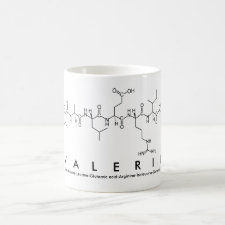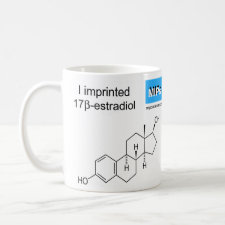
Authors: Doué M, Bichon E, Dervilly-Pinel G, Pichon V, Chapuis-Hugon F, Lesellier E, West C, Monteau F, Le Bizec B
Article Title: Molecularly imprinted polymer applied to the selective isolation of urinary steroid hormones: An efficient tool in the control of natural steroid hormones abuse in cattle.
Publication date: 2012
Journal: Journal of Chromatography A
Volume: 1270
Page numbers: 51-61.
DOI: 10.1016/j.chroma.2012.10.067
Alternative URL: http://www.sciencedirect.com/science/article/pii/S0021967312016792
Abstract: The use of anabolic substances to promote growth in livestock is prohibited within the European Union as laid down in Directive 96/22/EC. Nowadays, efficient methods such as steroid profiling or isotopic deviation measurements allow to control natural steroid hormones abuse. In both cases, urine is often selected as the most relevant matrix and, due to its relatively high content of potential interferents, its preparation before analysis is considered as a key step. In this context, the use of a selective sorbent such as molecularly imprinted polymer (MIP) was investigated. A MIP was synthesized based on 17β-estradiol, methacrylic acid and acetonitrile as template, monomer and porogen, respectively. Two approaches were then tested for non-conjugated (aglycons and glucuronides deconjugated) steroid purification: (i) molecularly imprinted solid phase extraction (MISPE) and (ii) semi-preparative supercritical fluid chromatography with a commercial MIP as stationary phase (SFC-MIP). Parameters for both approaches were optimized based on the main bovine metabolites of testosterone, estradiol, nandrolone and boldenone. The MISPE protocol developed for screening purposes allowed satisfactory recoveries (upper 65% for the 12 target steroids) with sufficient purification for gas chromatography-mass spectrometry (GC-MS) analysis. For confirmatory purposes, the use of isotopic ratio mass spectrometry (IRMS) requires a higher degree of purity of the target compounds, which can be reached by the SFC-MIP protocol with three steps less compared to the official and current method. Purity, concentration and absence of isotopic fractionation of target steroids extracted from urine of treated cattle (treated with testosterone, estradiol, androstenedione, and boldenone) allowed the measurement of 13C/12C isotopic ratios of corresponding metabolites and endogenous reference compounds (ERC) and proved the relevance of the strategy
Template and target information: 17β-estradiol, E2, nandrolone, boldenone
Author keywords: Chemical food safety, steroid hormones, molecularly imprinted polymer, solid phase extraction, supercritical fluid chromatography, Gas chromatography-combustion-isotope ratio mass spectrometry



Join the Society for Molecular Imprinting

New items RSS feed
Sign-up for e-mail updates:
Choose between receiving an occasional newsletter or more frequent e-mail alerts.
Click here to go to the sign-up page.
Is your name elemental or peptidic? Enter your name and find out by clicking either of the buttons below!
Other products you may like:
 MIPdatabase
MIPdatabase









